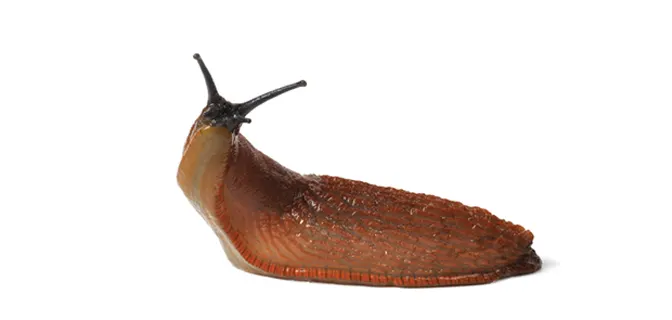Metaldehyde: Slug Bait Toxicosis

This retrospective analysis detailed 772 cases of suspected metaldehyde slug bait ingestion between 1985 and 2010. Metaldehyde is a molluscicide ingredient with a poorly understood mechanism of toxicity. Disruption of the inhibitory neurotransmitter gamma-aminobutyric acid (GABA) may cause seizures seen in metaldehyde toxicity. In 77.3% of dogs, clinical signs commonly included seizures, hypersalivation, twitching, hyperesthesia, tremors, vomiting, and ataxia. In those dogs with signs, increased muscular activity was most common (87%). GI, respiratory, and cardiac signs were less common. Of dogs with these signs, 22.4%, 13%, and 17.8%, respectively, showed no increased muscular activity, suggesting the ingested dose was too small to cause more serious signs or that there was another possible cause. Average onset of signs was 2.9 hours postingestion, with 50.3% of cases developing signs within 1 hour. Because ingestion often occurred from pellets scattered on the ground, amount of ingestion was rarely known; the average fatal dose in the 6 cases where it was known was 11.8 g/kg. Approximately half of the reported cases occurred during the summer.
Treatments included gastric decontamination (eg, emesis, adsorbents, gastric lavage). Sedation was used in 64.2% of cases, including benzodiazepines, barbiturates, propofol, and acepromazine. Of those treated with sedatives, 45.8% required multiple sedatives. Methocarbamol was rarely used, likely because of unavailability. Of 762 cases with reported outcomes, 21.7% of cases remained asymptomatic, 61.7% recovered, and 16% died or were euthanized; the remainder had ongoing effects at follow-up examination. Mean recovery time in 61 cases was 39.3 hours.
CommentaryMetaldehyde intoxication is commonly seen in the Pacific Northwest United States and California. The mainstay of tremor control (ie, injectable methocarbamol) is currently available in the United States as a compounded solution. This study demonstrated that these intoxicated dogs can be treated without methocarbamol (unavailable in the UK). The fatality rate was similar to that found in previous studies in which methocarbamol was available. Multiple pharmaceuticals (eg, benzodiazepines, barbiturates, propofol) may need to be combined to achieve the best clinical outcome.—Tina Wismer, DVM, DABVT, DABT
SourceSuspected metaldehyde slug bait poisoning in dogs: A retrospective analysis of cases reported to the Veterinary Poisons Information Service. Bates NS, Sutton NM, Campbell A. VET REC 171:324, 2012.